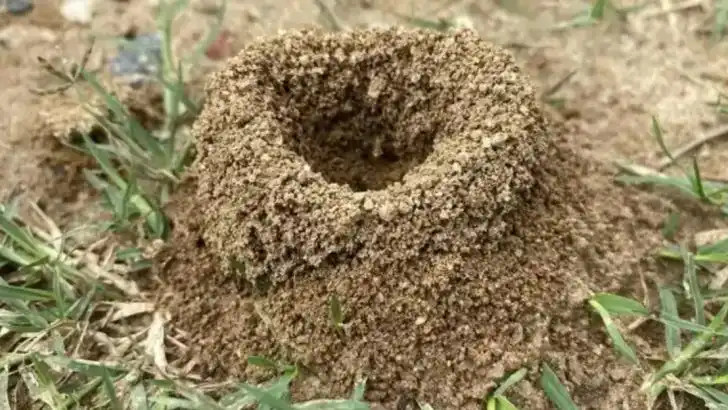When you dig into your garden soil, you’re not just turning over dirt — you’re uncovering an underground world teeming with life. Beneath the surface, microscopic allies and barely visible critters are working around the clock to keep your garden healthy, fertile, and thriving.
From bacteria that unlock nutrients, to worms that aerate the earth, and tiny beetles that battle pests, these creatures play a crucial — but often overlooked — role in your garden’s success. You may not see them, but your plants certainly feel their presence.
Get ready to meet 20 of these hidden heroes and discover how each one contributes to stronger roots, better blooms, and tastier vegetables — all while asking for nothing in return.
Earthworms
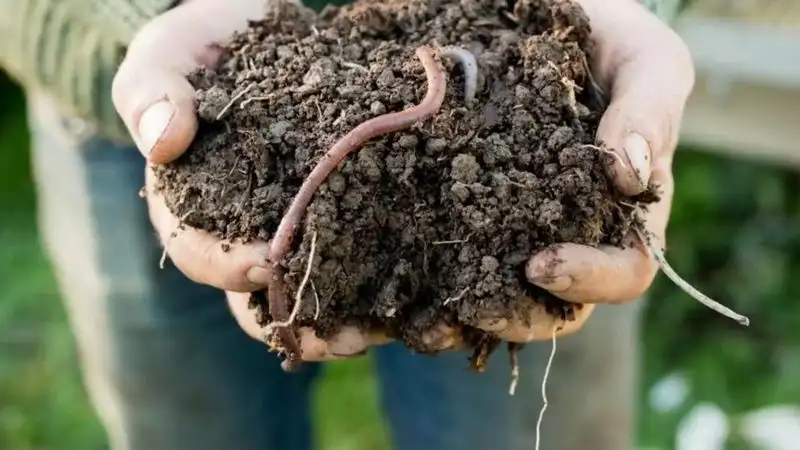
Ever notice those winding patterns in your garden soil? That’s the handiwork of earthworms. These subterranean dwellers are nature’s ploughs, tirelessly tunneling through the earth. Their movements aerate the soil, allowing air and water to percolate deeply, benefiting plant roots.
Rich in nutrients, earthworm castings, or worm poop, enhance soil fertility. Farmers have cherished these creatures for centuries, often calling them ‘farmer’s friends.’ Imagine a world without these wriggly allies — plants would struggle to thrive.
Next time you spot an earthworm, remember its critical role in nurturing your garden’s ecosystem.
Nematodes
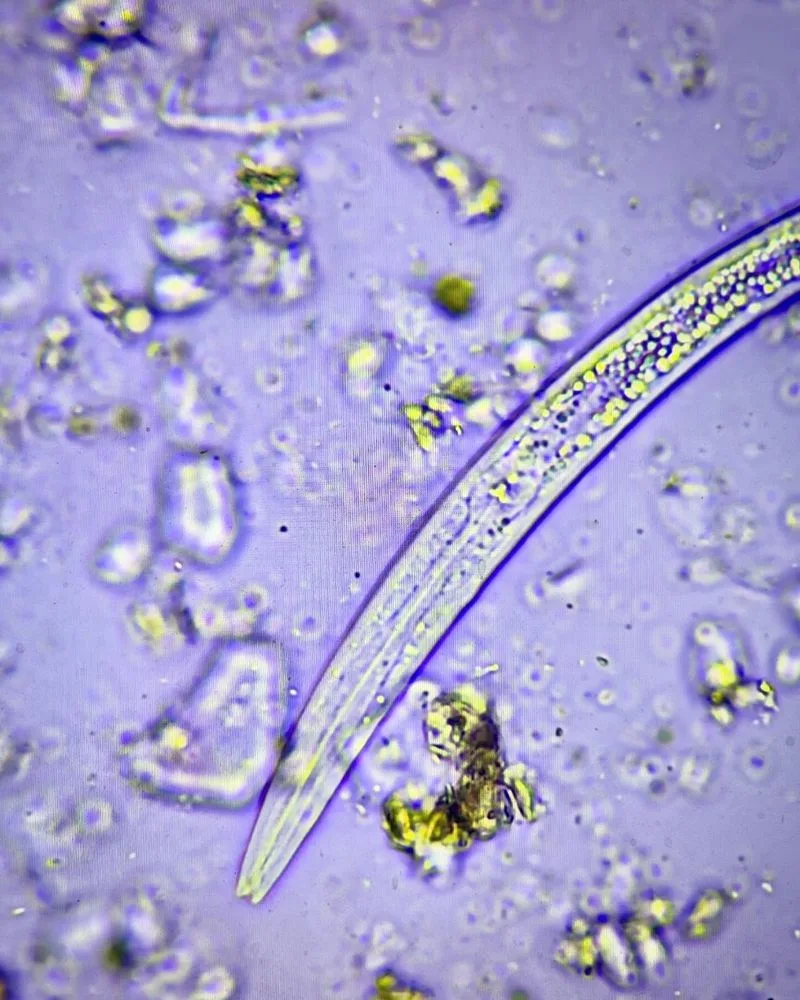
Tiny and diverse, nematodes are the unsung heroes of the underground world. These microscopic worms, though invisible to the naked eye, play an essential role in maintaining soil health. They help in decomposing organic matter, releasing nutrients back into the soil.
Not all nematodes are beneficial, but the good ones control pest populations by preying on harmful insects, keeping your garden in balance. Their presence indicates healthy soil thriving with life.
Consider them nature’s tiny exterminators, working tirelessly to protect your garden from potential invaders. They are indeed fascinating, albeit unseen, soil allies.
Mycorrhizal Fungi
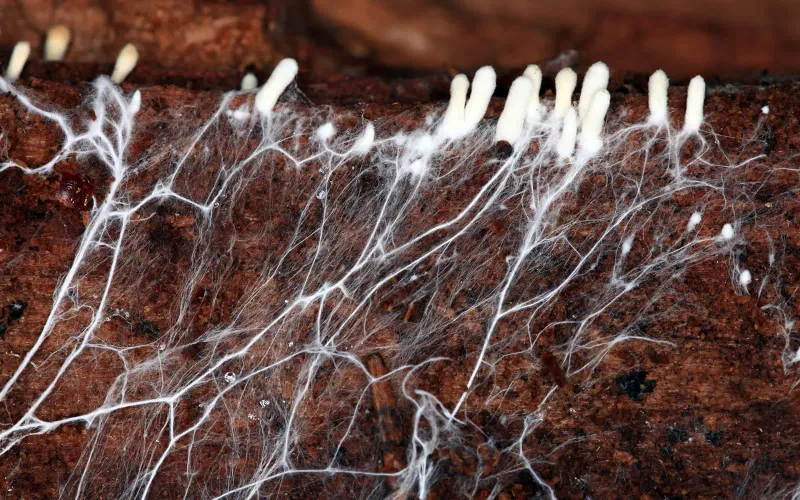
Imagine a network of fine threads connecting plants underground. Mycorrhizal fungi form these extensive networks, partnering with plant roots to exchange nutrients. These fungi boost plant nutrient uptake, especially phosphorus, enhancing growth and resilience.
In return, plants supply fungi with carbohydrates, a classic win-win in the natural world. Their presence boosts soil structure and fertility, making them indispensable to sustainable agriculture.
Ancient forests thrived thanks to these fungal networks, supporting diverse ecosystems. In your garden, they quietly perform the same magic, a testament to the power of symbiosis.
Springtails
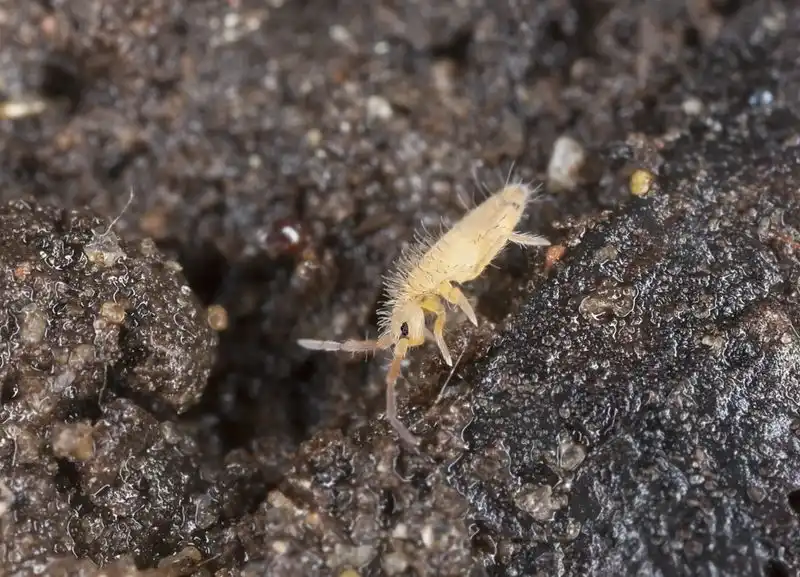
Ever seen tiny, jumping specks in your garden? Those energetic jumpers are springtails. Despite their size, they are crucial for soil health, feeding on decaying organic matter and fungi.
Their activity helps decompose organic material, enriching the soil with nutrients. They also aid in controlling fungal diseases that can harm plants. These agile creatures are a sign of a healthy ecosystem.
Springtails are named for their ability to leap great distances relative to their size using a unique appendage called a furcula. Their entertaining antics add life to the soil beneath your feet.
Ants

Seen those tiny architects busy at work? Ants are incredible engineers of the soil world. Their tunneling activities aerate the soil, promoting root growth and water infiltration.
By moving soil particles, ants help distribute nutrients more evenly, benefiting plants. Some ants even farm fungi, which assists in breaking down organic matter. Their presence is often a good indicator of healthy soil.
Though sometimes viewed as pests, in the grand tapestry of nature, ants play a vital role. They’re small but mighty contributors to soil vitality, quietly supporting plant life.
Beetle Larvae
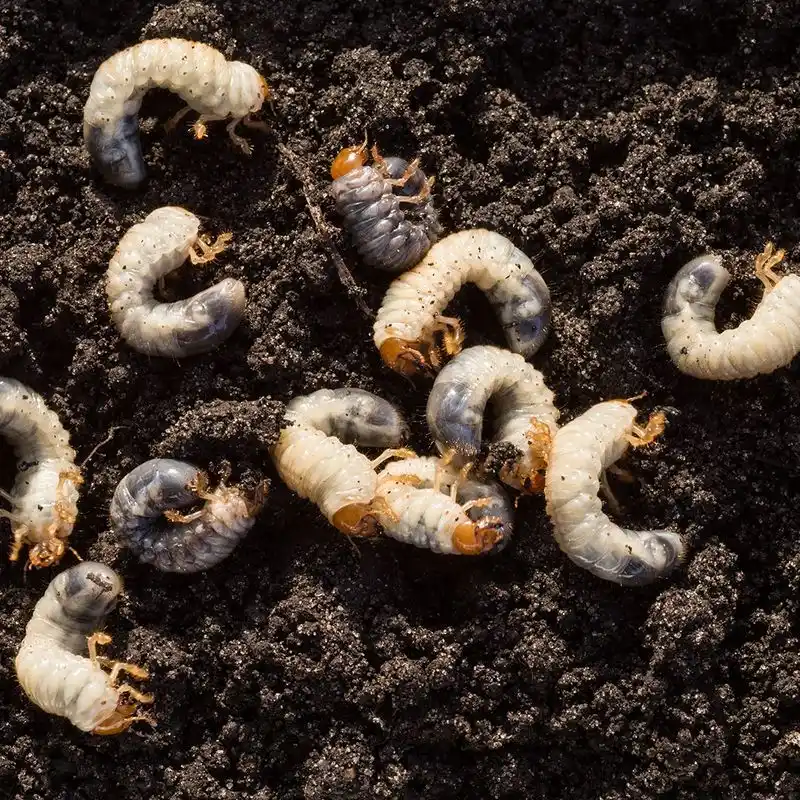
While adult beetles often catch our attention above ground, their larvae are hard at work beneath. These young beetles play a crucial role in breaking down organic matter in the soil.
By consuming decomposing plant material, they contribute to nutrient cycling, enriching the soil. Their presence is a sign of a vibrant, functioning ecosystem below the surface.
Beetle larvae, with their diverse appearances and habits, add complexity to soil dynamics. From the garden’s perspective, they are essential workers in the cycle of life, often underappreciated but always diligent.
Protozoa

Protozoa, though microscopic, are powerhouses of soil fertility. These single-celled organisms feed on bacteria and release nutrients in a form accessible to plants. Their grazing activity helps regulate bacterial populations, maintaining soil health.
A diverse community of protozoa indicates a robust and resilient soil ecosystem. Their presence ensures a dynamic balance within the micro-world underground.
Protozoa might be tiny, but their impact on nutrient cycling is significant. They are the unseen champions of your garden, quietly ensuring plants have the nutrients they need to flourish.
Bacteria
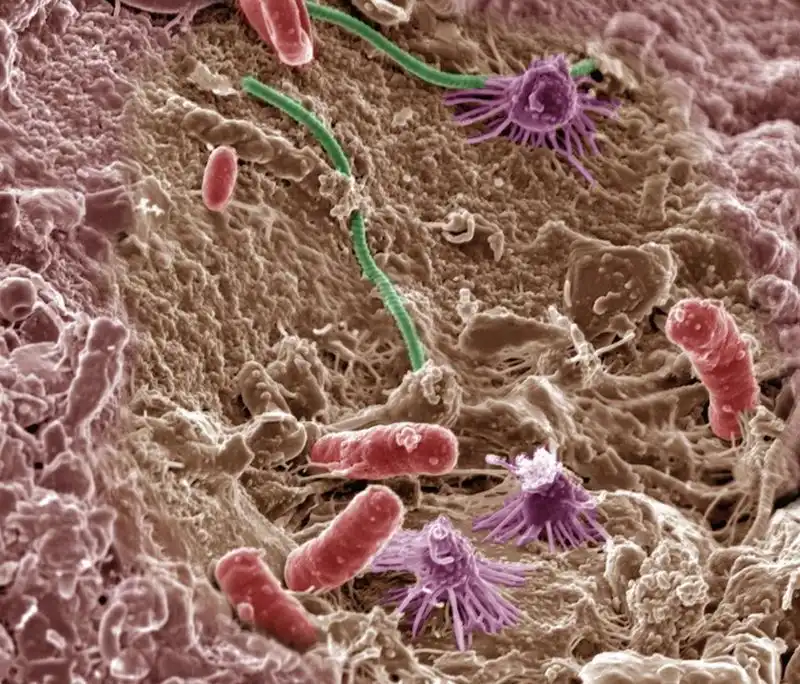
Bacteria are the unsung heroes of the soil, existing in staggering numbers. They are essential for decomposing organic material, thus recycling nutrients and supporting plant growth.
Certain types of bacteria fix atmospheric nitrogen, converting it into a form plants can use. This natural fertilization process is vital for healthy soil and lush vegetation.
In the grand scheme of soil life, bacteria are indispensable micro-workers, tirelessly aiding in nutrient cycling. Their incredible diversity and adaptability make them key players in maintaining soil health and productivity.
Fungi

Fungi are not just the mushrooms we see above ground; they form intricate networks in the soil. Their mycelium breaks down tough organic material, like wood, releasing nutrients into the soil.
This decomposition process is crucial for nutrient cycling, supporting plant and soil health. Fungi also form symbiotic relationships with plant roots, enhancing nutrient uptake.
Their role extends beyond decomposition, as they help stabilize soil structure and retain moisture. Fungi are foundational elements of soil ecosystems, supporting life with their amazing capabilities.
Millipedes
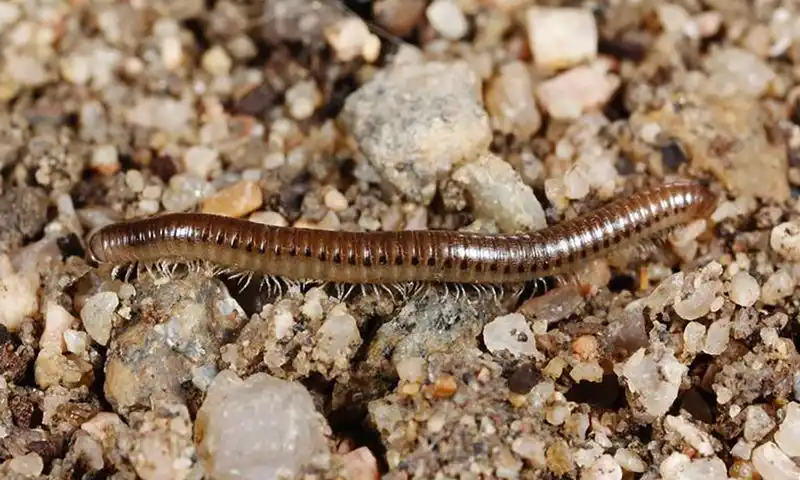
Millipedes, often found in leaf litter, may seem unremarkable, yet they are vital for soil health. These slow-moving arthropods feast on decaying plant material, aiding in its breakdown and nutrient release.
Their presence helps maintain the balance of organic matter in the soil, promoting a healthy environment for plants. Millipedes contribute to the formation of humus, the organic component of soil that retains moisture and nutrients.
With their many legs, they slowly crawl through the soil, playing their part in the grand cycle of nature. They are humble yet essential contributors to garden vitality.
Sowbugs
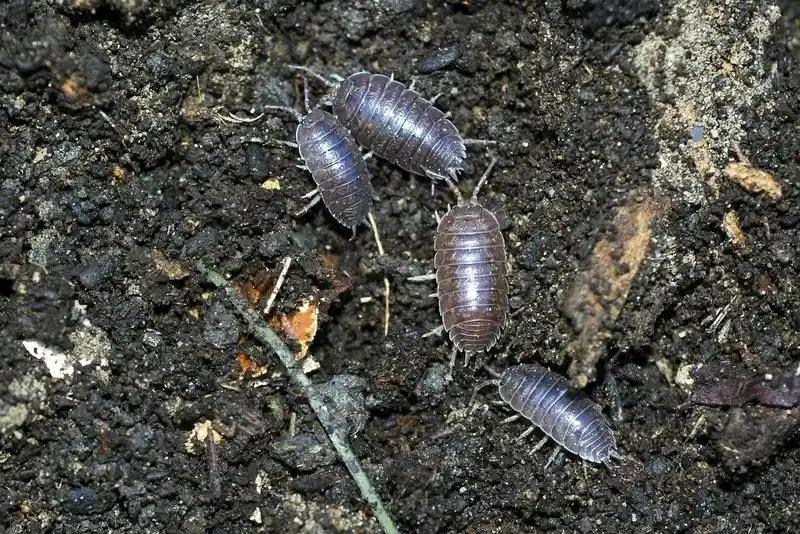
Sowbugs, often mistaken for insects, are crustaceans thriving in damp soil environments. They play a crucial role in decomposing organic matter, such as fallen leaves and decaying wood.
As they feed, they break down this material, enriching the soil with vital nutrients. Their presence is a sign of a balanced ecosystem, bustling with life.
These small, armored creatures might go unnoticed, but they are hard at work, supporting the nutrient cycle. Sowbugs help ensure your garden soil remains fertile and productive, making them valuable allies in soil health.
Collembola

Collembola, or springtails, are tiny hexapods that thrive in soil environments. They play a significant role in the decomposition process, feeding on fungi, bacteria, and decaying plant material.
This feeding activity contributes to nutrient cycling, supporting plant growth. Collembola are sensitive to soil conditions, making them indicators of soil health.
Their abundance reflects a thriving ecosystem, bustling with life. Despite their size, collembola are crucial players in maintaining soil fertility. They are another testament to the complexity and interdependence of the soil community.
Enchytraeidae
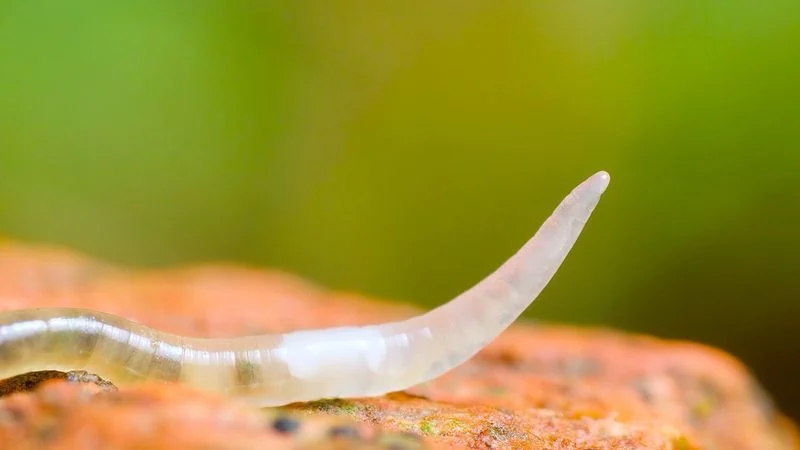
Enchytraeidae, often called pot worms, are small, white worms that thrive in moist soils. They play a vital role in breaking down organic matter, aiding in nutrient release.
Their presence is an indicator of rich, healthy soil. Enchytraeidae feed on decaying plant material and microorganisms, contributing to the soil’s nutrient content.
These tiny worms are often overlooked, yet they are essential for maintaining soil health. They work quietly and efficiently, ensuring that plant roots receive the nutrients they need to grow strong and healthy.
Slugs
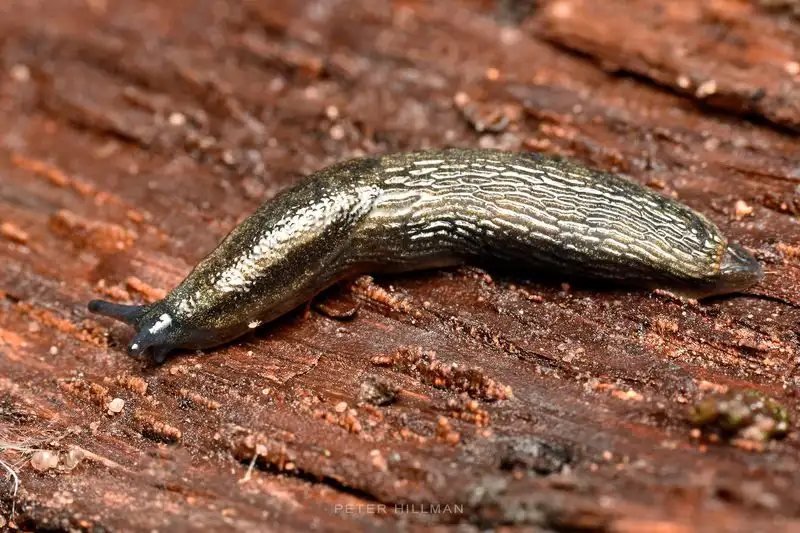
Slugs, often seen as garden pests, contribute to soil health by breaking down organic matter. As they feed on decaying plant material, they help recycle nutrients back into the soil.
While they may occasionally munch on plants, their role in nutrient cycling is invaluable. Slugs help maintain the balance of organic matter, supporting a healthy soil ecosystem.
These slow-moving creatures, with their distinctive slimy trails, are often misunderstood. Yet, they play an important part in the cycle of life, enriching the soil beneath your garden.
Spiders

Spiders might not be the first creatures you think of when it comes to soil health, but they play a key role in controlling pest populations. By preying on insects, spiders help maintain a balanced ecosystem.
Their presence in the garden is a sign of ecological balance, as they keep harmful insect numbers in check. Spiders are an important part of the soil food web, contributing to a healthy environment for plants.
These eight-legged hunters, often weaving intricate webs, are vital for maintaining garden harmony. They are true guardians of the soil ecosystem.
Centipedes
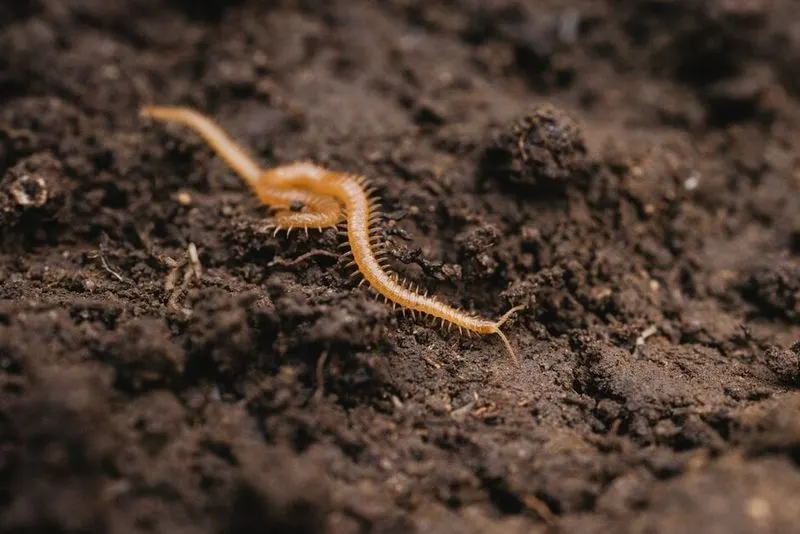
Centipedes, with their many legs, are fierce predators of the soil world. They hunt down harmful insects and pests, contributing to natural pest control.
Their presence in the garden indicates a healthy, balanced ecosystem. Centipedes are beneficial allies, keeping plant-damaging insects at bay.
These nocturnal hunters play a crucial role in maintaining soil health. Though their appearance may be intimidating, they are essential for sustainable gardening practices. Embrace their presence as a sign of a thriving garden community.
Woodlice

Woodlice, also known as pill bugs, are crustaceans commonly found in damp soil environments. They play a crucial role in breaking down organic matter, such as dead leaves and wood.
As decomposers, woodlice contribute to nutrient cycling, enriching the soil. Their presence is a sign of healthy, organic-rich soil, supporting plant growth.
These small, armored creatures are essential for maintaining soil fertility. They work tirelessly, often unnoticed, ensuring that the garden soil remains productive and vibrant.
Mites

Mites, though tiny, are diverse and abundant in soil ecosystems. They play a vital role in decomposing organic matter, contributing to nutrient cycling.
Some mites are predators, controlling populations of harmful insects and pests in the soil. Their presence indicates a balanced and healthy soil ecosystem.
These minute creatures, often unseen, work silently to maintain soil health. Mites are essential for the intricate web of life beneath your garden, proving that even the smallest players can have a big impact.
Flatworms

Flatworms, though not as commonly noticed, are important soil residents. They play a role in controlling pest populations by preying on insects and their larvae.
These simple organisms contribute to natural pest control, supporting a healthy garden ecosystem. Flatworms indicate a vibrant, active soil life, filled with diverse organisms.
Their presence in the soil adds to the complexity and balance of the ecosystem. Flatworms are another testament to the interconnectedness of soil life, quietly supporting the health of your garden.

